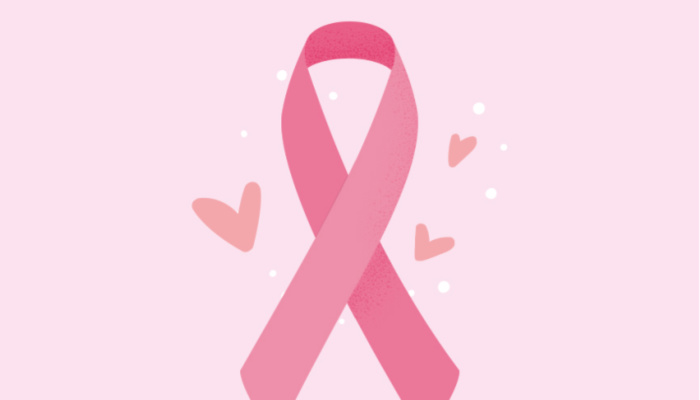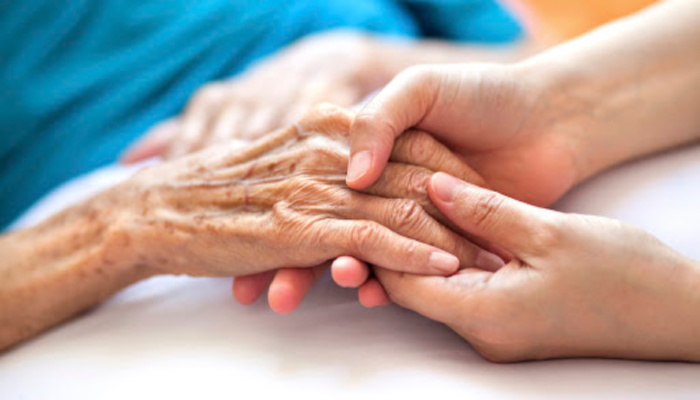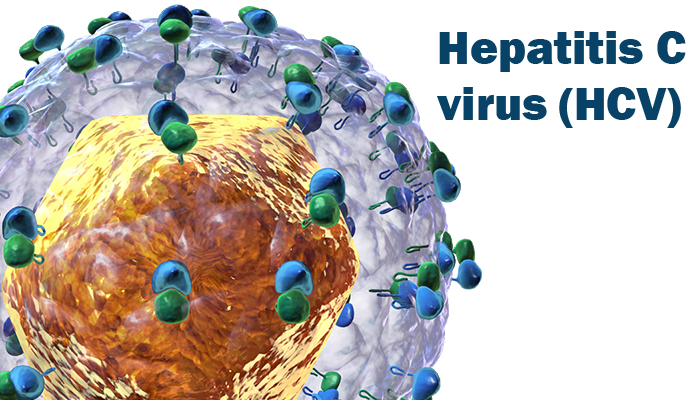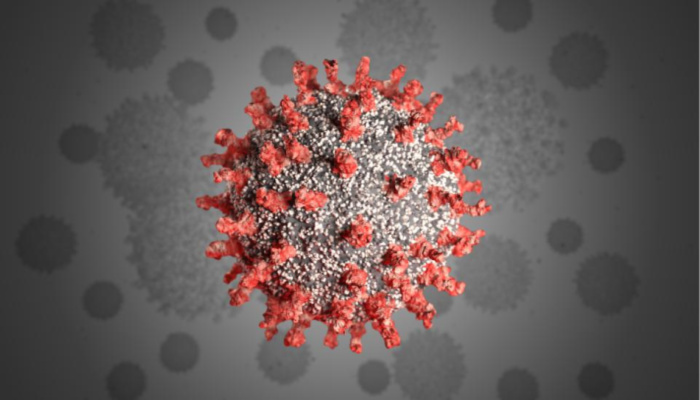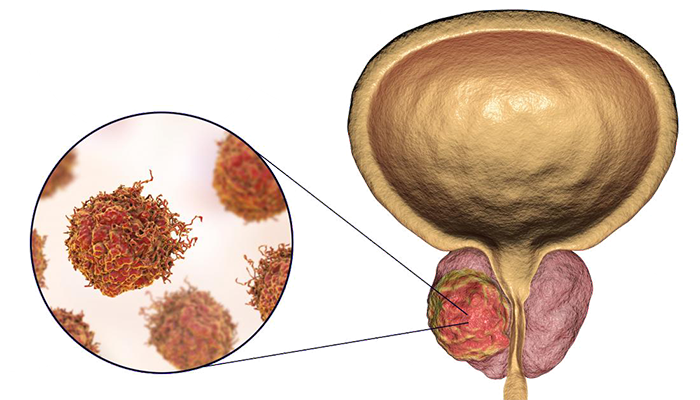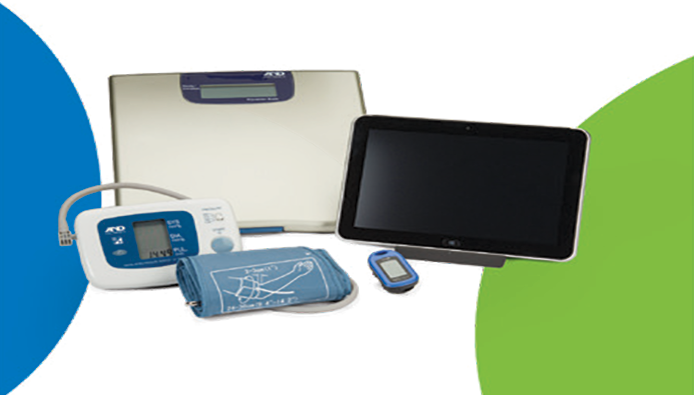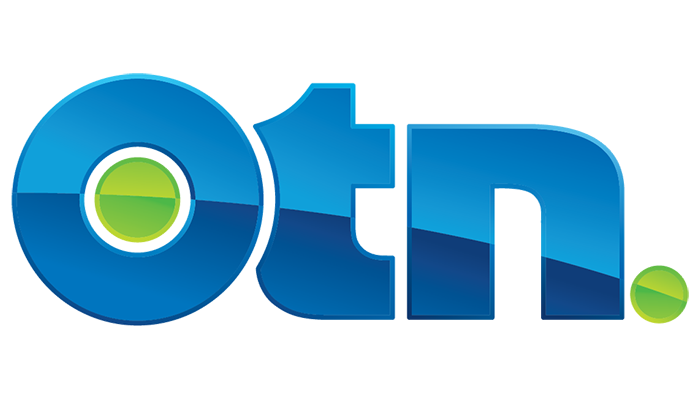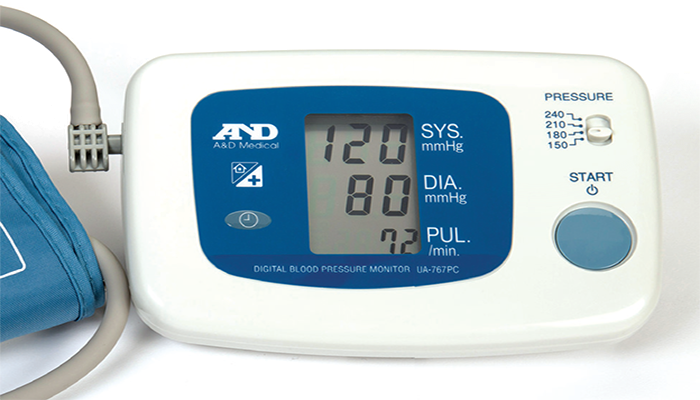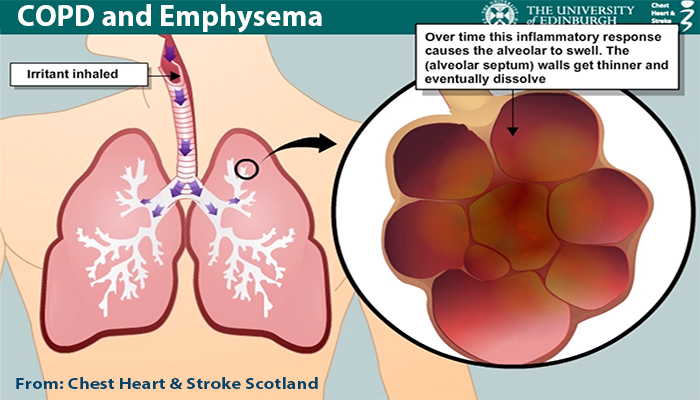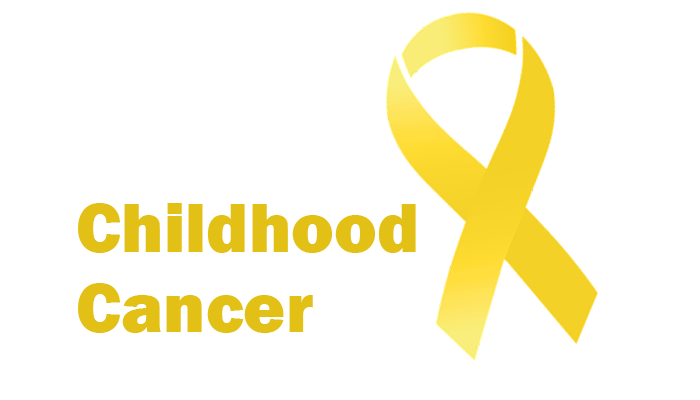
Costs of Care for Childhood Cancer in BC and ON Study
Purpose
To estimate the direct medical care costs of childhood cancer from a health system perspective, and to determine which elements influence these costs.
Research Questions
Using cancer registry and administrative data linked within each of BC and ON, we propose to:- Estimate the costs of care overall and for four groups of childhood cancer (3 most common types: leukemia, central nervous system tumours, and lymphoma, and a fourth consisting of all other cancers) for three phases of care: initial, continuing/survivor, and terminal.
- Determine the main sociodemographic, clinical, and health system predictors of costs, overall and for each cancer group, and each costing phase.
- Measure time trends in health service utilization and costs during the first year after diagnosis, overall and for each childhood cancer group and relate temporal changes to changes in treatment and the frequency of late complications.
- Estimate 1-year, 5-year, and 10-year costs overall and for the most common cancers using the phase-based costing approach and appropriate statistical methods.
Inclusion Criteria
Study cohorts will be identified from the Childhood/Adolescent/Young Adult Cancer Survivors (CAYACS) Research Program at the British Columbia Cancer Agency and the Pediatric Oncology Group of Ontario Network Information System (POGONIS) at the Pediatric Oncology Group of Ontario (POGO). We will select patients diagnosed from January 1, 1995, to December 31, 2010, at ages 0 to 19 years with a cancer or tumour included in the International Classification of Childhood Cancers (ICCC).
Exclusion Criteria
We will exclude patients who have an incorrect or missing histology code, a date of diagnosis that is the same as the date of death, not residents of
Design and Methods
Each province will work with its own data. In
Study Timeline
July 2012 - December 2015
Progress: Costs for 90 days before diagnosis and one year after diagnosis, phase-specific costs,and time trends in first-year costs have been estimated for the childhood cancer cohort in Ontario. Estimation of costs for longer time periods is underway. An oral presentation on first-year costs was givenat the conference of The Canadian Association for Population Therapeutics , November 1 – 3, 2015 in Toronto, Ontario. A manuscript is being prepared for journal submission. Other manuscript preparation is underway.
Research Team
Paul Nathan
Paul Rogers
Stuart Peacock
Karen E. Bremner, BSc
Funding
Canadian Institutes of Health Research
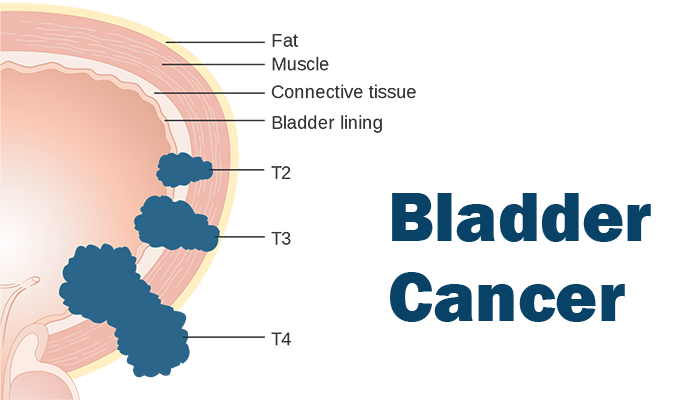
BUSS-U Study
Purpose
i) to develop two sets of utility weights, patient derived and community derived, for the BUSS-P, a bladder cancer-specific health state classification system:
ii) to compare patient-derived to community-derived utility weights.
Research Question
To develop an algorithm which will convert the BUSS-P to the BUSS-U by mapping each possible health state to a utility on a scale anchored at zero (dead) and 1.0 (full health).
Inclusion Criteria
Patients: Bladder cancer patients (n=200) will be recruited from ambulatory clinics at the University Health Network (Toronto) and the London Health Sciences Centre. Inclusion criteria are a confirmed diagnosis of bladder cancer, fluency in English, no documented cognitive impairment and age ≥ 18 years.
Community respondents (n=200) will be recruited from both sites via posted notices in family medicine clinics and hospital common areas. Non-bladder cancer patients, family members of patients and members of the general public who never had bladder cancer, are fluent in English, have no cognitive impairment and are age ≥ 18 years will be eligible for inclusion.
Exclusion Criteria
• undergoing concurrent (active) treatment for a second malignancy, other than non-melanoma skin cancer
• inability to provide written informed consent
Design and Methods
We propose to fit a regression model to data on preferences for health states described by the BUSS-P, using the statistical inference approach to developing weights for multiattributed outcomes. The statistical inference or composite approach, allows valuation of a sample of realistic health states described by the BUSS-P, which can then be mapped onto a scale anchored at 0 (dead) and 1 (full health) using regression techniques. In structured individual interviews, each respondent will be asked to provide TTO utilities on 18 health states (15 randomly selected + two anchor states [worst on all 10 attributes and best on all 10 attributes] + own current health). We will explore different regression models, using non-parametric Bayesian methodology, to develop the best-fitting, most parsimonious utility function for the BUSS-U.
Study Timeline
March 2014 – December 2018
Progress: We have Research Ethics Board approvals and we have prepared the props for the utility elicitation interviews.
Research Team
Murray Krahn, MD, MSc, FRCPC
Girish Kulkarni, MD, PhD, FRCSC
Nathan Perlis, MD, MSc
Shabbir Alibhai, MD, MSc, FRCPC
George Tomlinson, PhD
Antonio Finelli MD, MSc, FRCSC
Srikala Sridhar, MD, FRCPC
Peter Chung, MD, FRCPC
Joseph Chin, MD, FRCPC
Karen Bremner, BSc
Kirstin Boehme, MSc
Steven Carcone, MSc
Suzanne Chung, BFA, BEd, CCRP
Funding
Canadian Cancer Society Research Institute
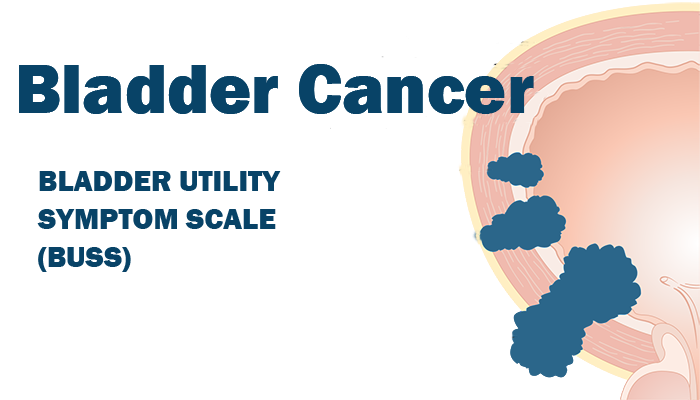
BUSS Study
Purpose
The purpose of this study is to develop and validate a disease-specific utility instrument for use among individuals with bladder cancer.
Research Question
Phase I: Develop a multiple domain health state classification system (complete)
Phase II: Test its psychometric properties (e.g. sensibility, reliability, validity)
Inclusion Criteria
We will identify patients at bladder cancer clinics at the Toronto General Hospital and Princess Margaret Hospital and include those with pathologically-confirmed bladder cancer diagnosis, but no concomitant cancer other than non-melanoma skin cancer. Patients must have records of bladder cancer treatment history available, speak and write English fluently, and have a life expectancy of at least 4 weeks.
Exclusion Criteria
Exclusion criteria are inability to provide written informed consent.
Design and Methods
Phase I of the study involves:
- Setting a conceptual framework;
- Item generation via literature review, as well as patient and expert focus groups;
- Item reduction via patient interview;
- Defining levels and language;
- Setting a scoring scheme;
- Expert and patient pilot-testing.
Phase II is a multi-site validation study, whereby the BUSS’s validity and reliability will be evaluated through field testing. The BUSS will be administered to bladder cancer patients alongside several other quality of life instruments, during two testing sessions completed four to six weeks apart. Validity will be evaluated by assessing the correlations between instruments (whole-scale and subscale (e.g., urinary function) measurements) and comparing the BUSS scores between clinical groups using mean score differences. An analysis of the consistency of participants’ BUSS scores at session I versus session II, measured using the intraclass correlation coefficient, will be used to assess test-retest reliability.
Study Timeline
October 2012 – September 2017
Progress: Patient recruitment and data collection are complete. Preliminary results were presented at the American Urological Association Annual Meeting, May 15-19, 2015, in New Orleans, USA. Furher analyses are underway.
Research Team
Murray Krahn, MD, MSc, FRCPC
Girish Kulkarni, MD, PhD, FRCSC
Nathan Perlis, MD, MSc
Shabbir Alibhai, MD, MSc, FRCPC
Antonio Finelli MD, MSc, FRCSC
Paul Ritvo, PhD
Kirstin Boehme, MSc
Karen Bremner, BSc
Funding
Canadian Institutes of Health Research

